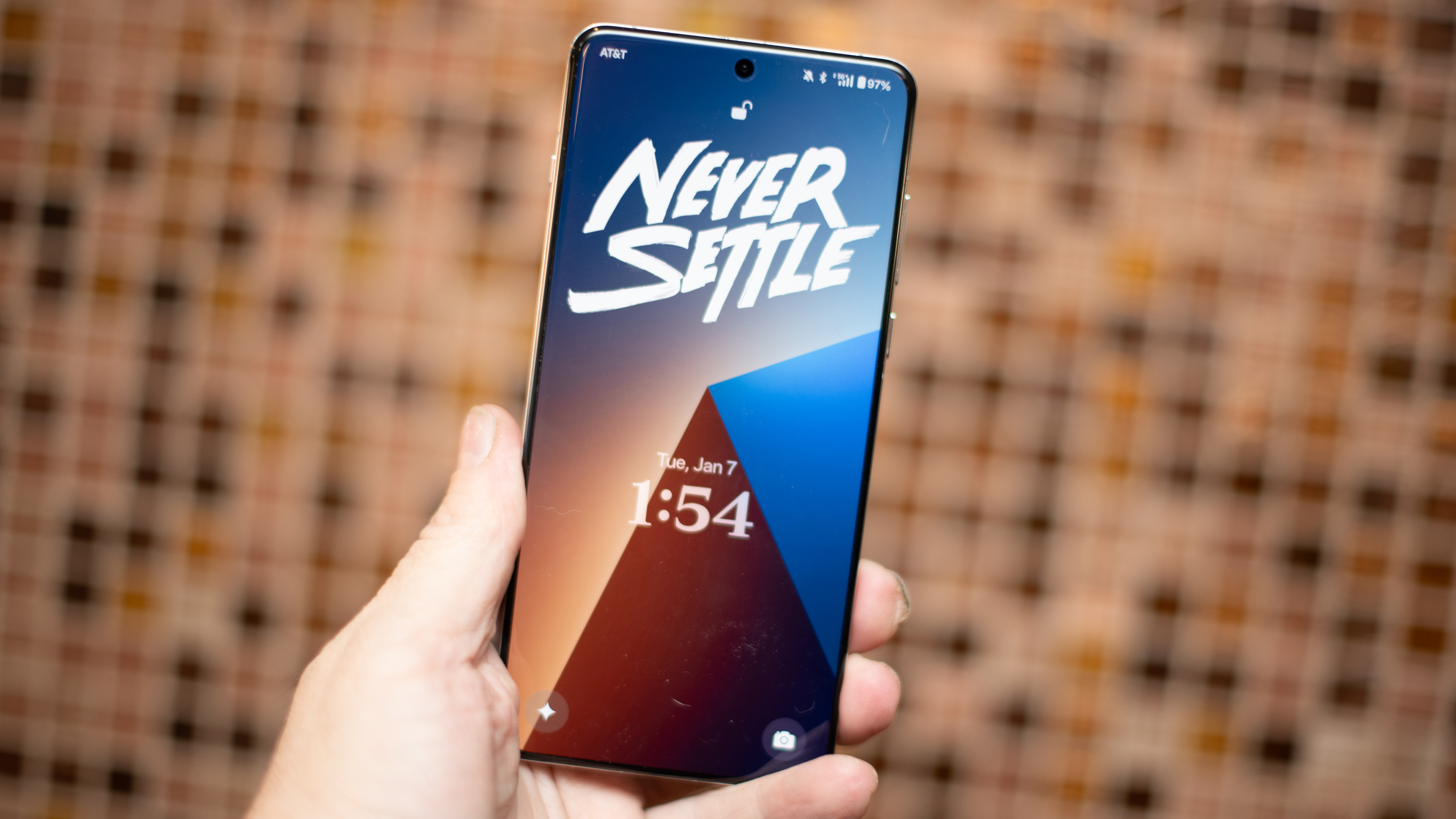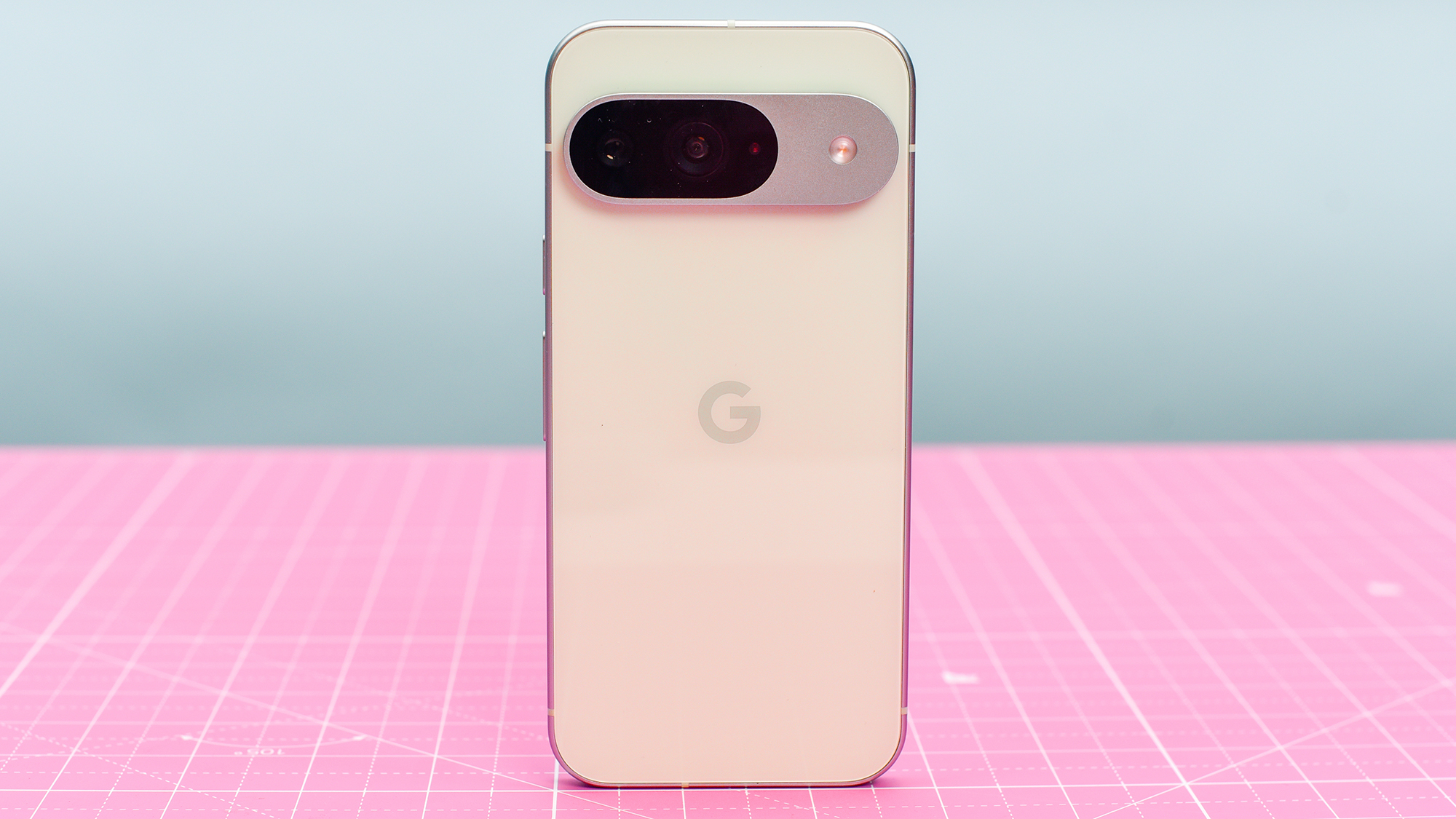
- The OnePlus 13 can be located even when it's powered off
- OnePlus has enabled the necessary hardware support for the feature
- Google Find My Device was given a big update in 2024
Google gave its Find My Device tool a massive upgrade in 2024, an upgrade that enables certain Pixel phones to be found even when they're powered off. Now it's been confirmed that the new OnePlus 13 is getting the same trick.
The Powered Off Finding option was discovered during testing by Android Authority. It's certainly a useful feature, because if someone swipes your phone there's a good chance they're going to turn it off right away so you can't find it.
Before now, the Google Pixel 8, Google Pixel 8 Pro, and Google Pixel 9 handsets were the only ones that could be detected via Find My Device when they're switched off. With other phones, you'll only get their last reported location before they were powered down.
The inclusion of the feature adds to the appeal of what is already a hugely impressive phone: in our full OnePlus 13 review we described it as a "near-perfect flagship", awarding it 4.5 stars out of 5.
How it works

Here's the secret to locating a phone that's switched off: it's not actually completely switched off. A section of the Bluetooth module remains activated, broadcasting its location to nearby devices on the Find My Device network.
That means you're relying on other gadgets to find the lost phone. That was another upgrade Google added last year: crowdsourcing the job of finding devices in an anonymous and encrypted way, just as Apple does on its Find My network.
This Bluetooth broadcasting won't continue indefinitely, but should be good for a few hours at least. It requires both specialized hardware inside the phone, and for the manufacturer to enable it, which is why it's not widely supported right now.
Hopefully that will change as we go through 2025. The Google Pixel phones look set to support the feature going forward, and we'll have to wait and see if it appears in the Samsung Galaxy S25 series, which are set to be unveiled on January 22.







